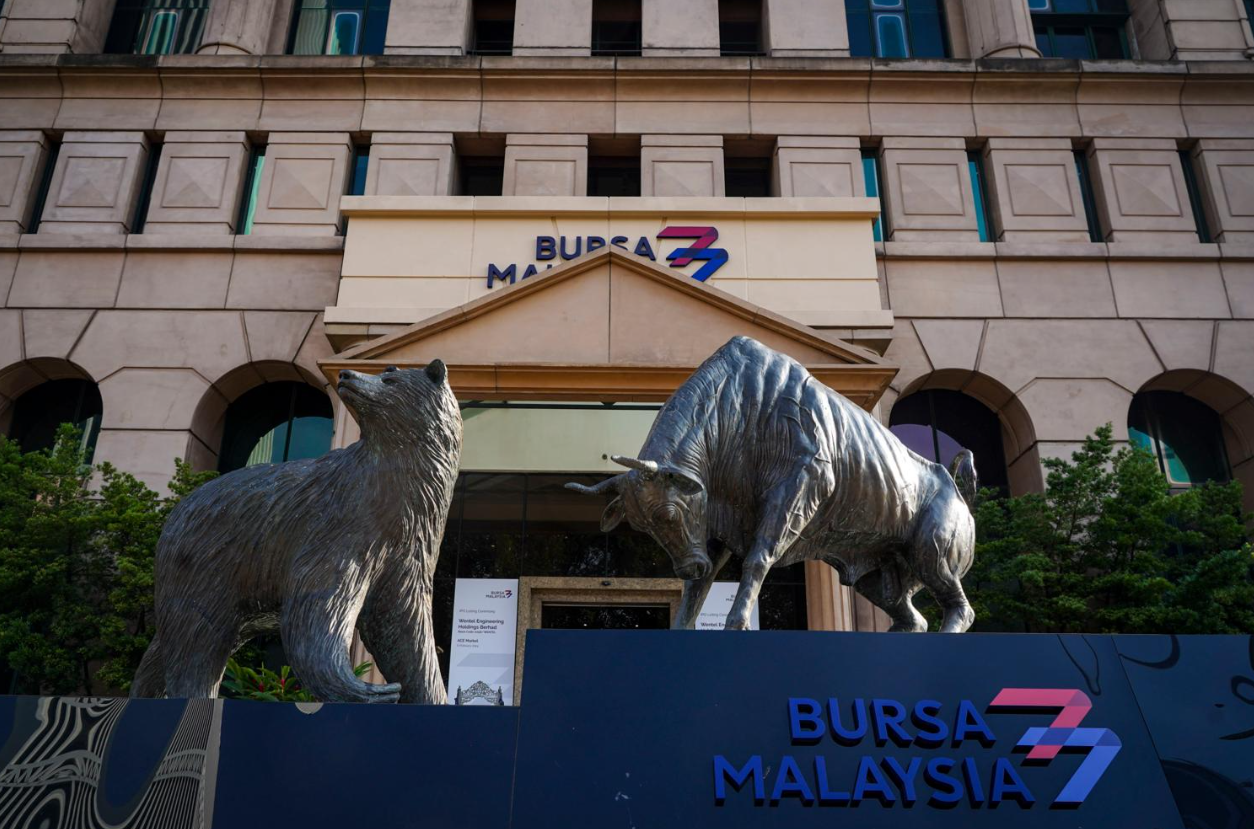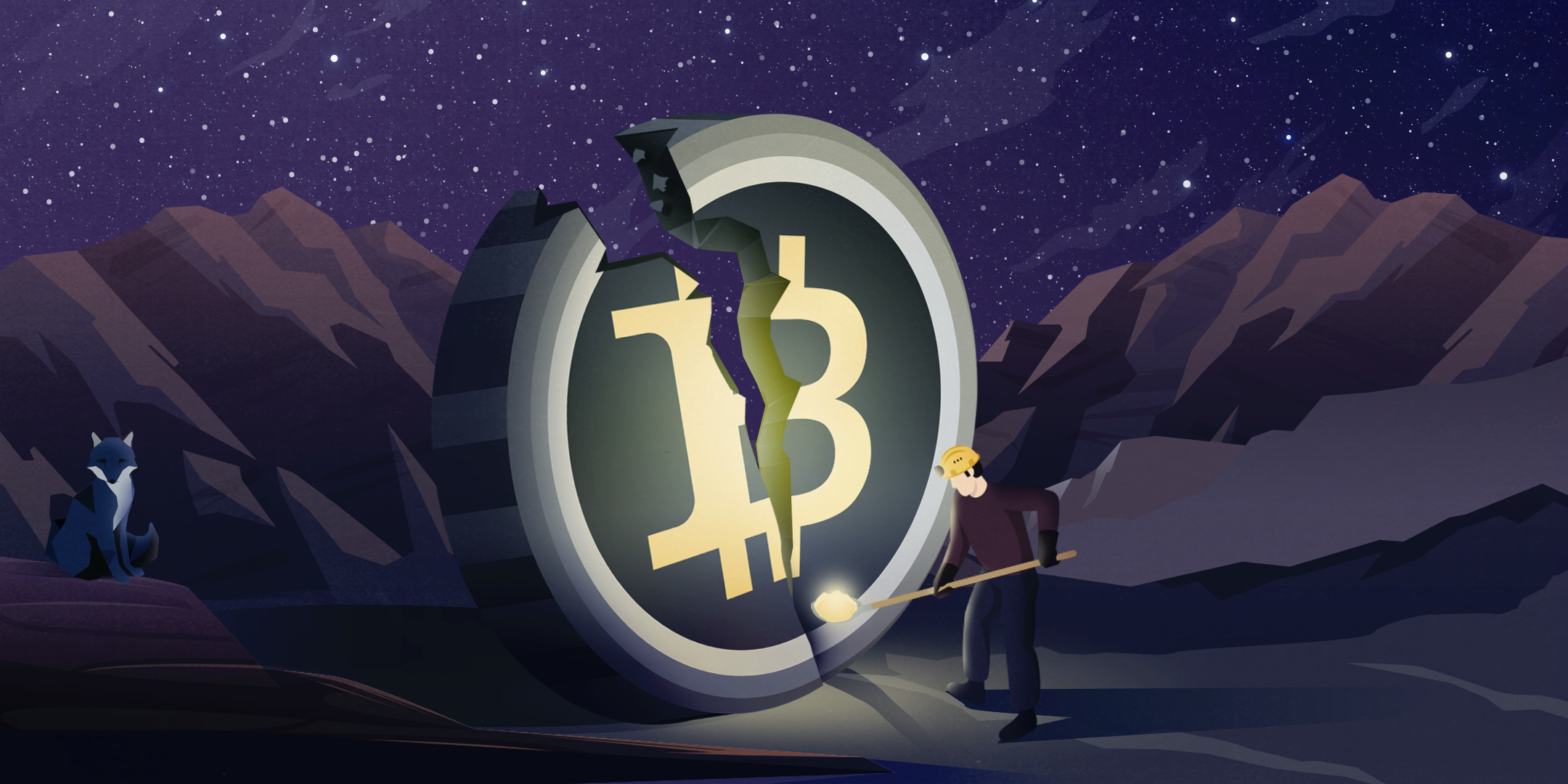On April 20, Bitcoin marked a significant milestone with its fourth halving event, known as “Epoch V.” This event, which slashes the new bitcoin supply by 50%, not only celebrated globally but also introduced a surge in network activity due to the launch of Runes, a new protocol that supports the creation of meme coins on Bitcoin.
The Halving’s Immediate Impact
The halving significantly impacted Bitcoin’s transaction fees, with costs soaring to a record average of $128 on the day of the event. This spike in fees was largely driven by the $80 million in fees generated from hundreds of new tokens launched through Runes, which heightened demand on the network.
With transaction costs reaching unprecedented levels, there’s a push towards exploring efficient alternatives like Layer 2 networks. Bitcoin Core developer Ava Chow highlighted that “anything that causes fee rates to spike will probably drive people to seek out other solutions,” including Lightning Network and various sidechains such as Fedimint and Ark.
The Necessity of Layer 2s
A recent report by Messari underscores that Layer 2 solutions are becoming essential for Bitcoin, transforming it from merely “digital gold” to a robust platform for building applications. This sentiment is reinforced by the success of the Ordinals protocol and other initiatives like BitVM and Babylon, which extend Bitcoin’s functionality.
Interestingly, since the halving, tokens associated with Bitcoin’s Layer 2 solutions have seen significant performance gains. Elastos’ ELA token rose by 11%, and SatoshiVM’s SAVM saw a 5% increase. Stacks’ STX token jumped nearly 20%, potentially driven by the network’s Nakamoto upgrade.
Challenges and Concerns
Despite the benefits, there are challenges to Layer 2 adoption. The need for on-chain transactions to fund accounts like Lightning can be prohibitive due to high fees, potentially excluding those with lower balances from using these platforms non-custodially. Sovereign Matt, a pseudonymous bitcoiner, expressed concerns that high fees might push users towards custodial Lightning services, which compromises the sovereignty and anonymity of their Bitcoin holdings.
As Bitcoin continues on the path set by past decisions during the Blocksize Wars, the focus may increasingly shift towards making transactions smaller and more efficient rather than increasing block size—a strategy that supports the growth of Layer 2 solutions.
The latest Bitcoin halving has set the stage for a renewed focus on scaling the cryptocurrency through Layer 2 technologies. As the landscape evolves, these secondary layers are likely to play a pivotal role in accommodating the growing demand and complexity of operations on the Bitcoin network.










